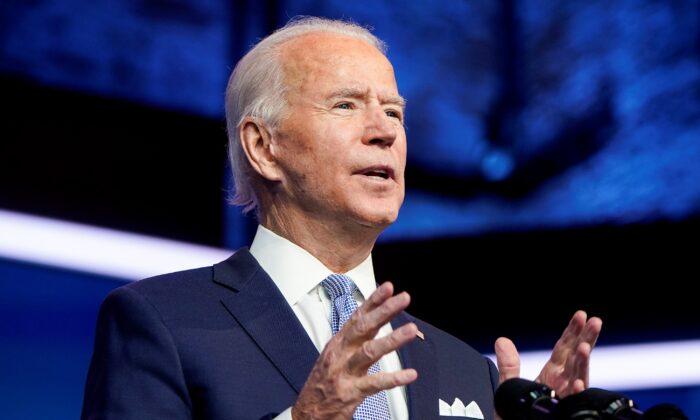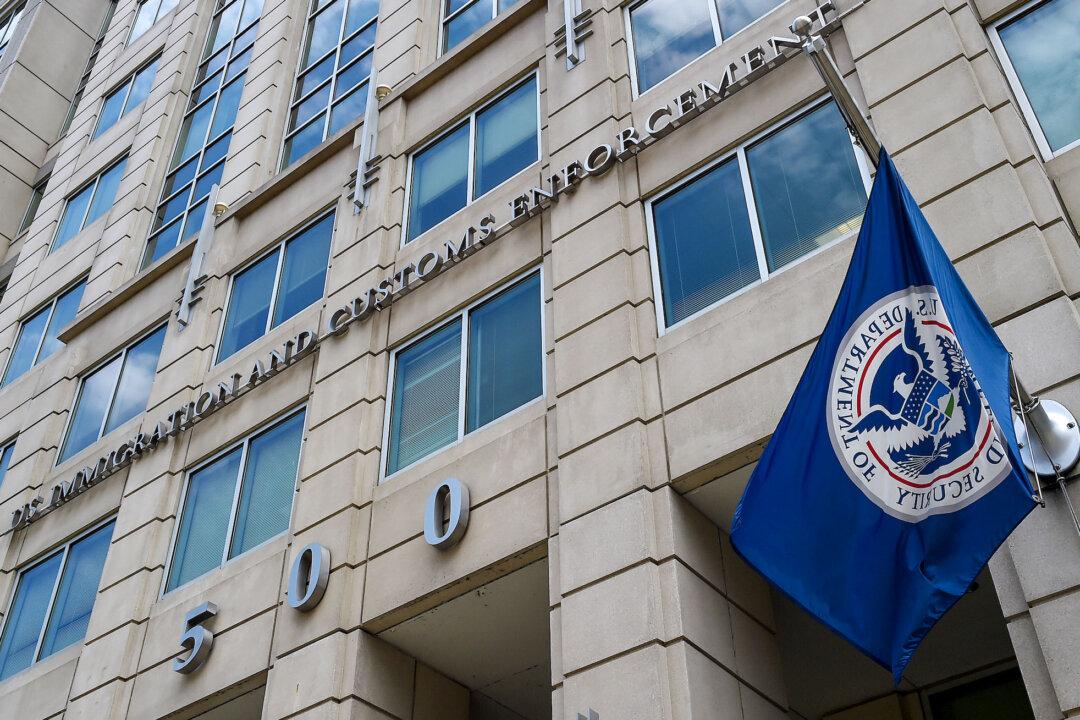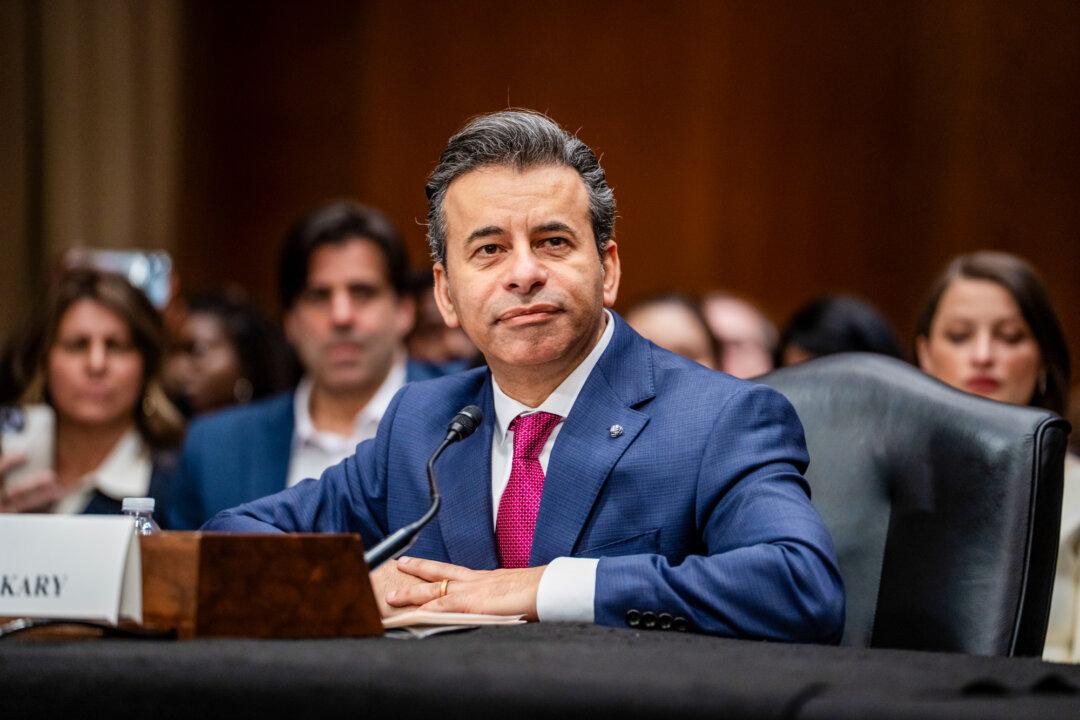California certified its presidential election on Friday, paving the way for Gov. Gavin Newsom to prepare a Certificate of Ascertainment to appoint the state’s 55 electors to cast their votes for Democrat Joe Biden.
Secretary of State Alex Padilla approved the results, according to his office, with the Electoral College scheduled to meet on Dec. 14 to cast their votes. Three more states projected to have been won by Biden—Colorado, Hawaii, and New Jersey—have not yet certified their results.
Steps relating to certification and appointment of presidential electors often ignore formalities, but the mechanics of electing a U.S. president have drawn new scrutiny this year as President Donald Trump continues to pursue legal strategies attempting to prove the results were fraudulent.
A key date in this process is Dec. 8, the so-called “safe harbor” deadline, meaning that if legal disputes are settled and election results are certified by that date, states are freed from any further contest-of-election challenges.
Friday saw a flurry of court rulings and legal actions in six battleground states as the safe harbor deadline looms large, beyond which Trump’s path to victory narrows.
The results of the Electoral College vote are due to be received, and typically approved, by Congress on Jan. 6, although lawmakers can object to accepting the electors’ votes. The Democratic-controlled House and Republican-controlled Senate would both vote separately to resolve any disputes. One has already arisen from Pennsylvania, where 75 Republican lawmakers signed a statement on Friday urging Congress to block the state’s electoral votes from being cast for Biden.
According to federal law, both chambers of Congress would need to vote to accept a competing slate of electors. If they don’t, the electors appointed by the states’ governors must be used.
After the Electoral College casts its votes, the last remaining move to block the election would be an effort to vote down the electors in Congress. This tactic has been attempted before, when a handful of congressional Democrats in 2000, 2004, and 2016 objected to officially making both George W. Bush and Trump president. Their numbers were not enough to block the two men from taking office.





